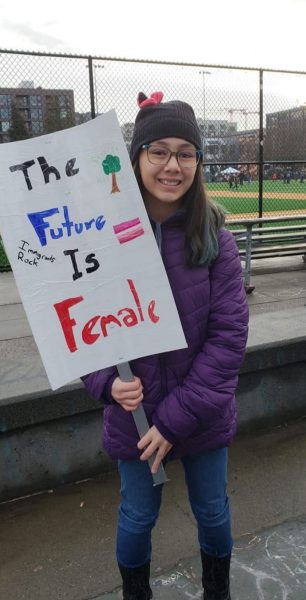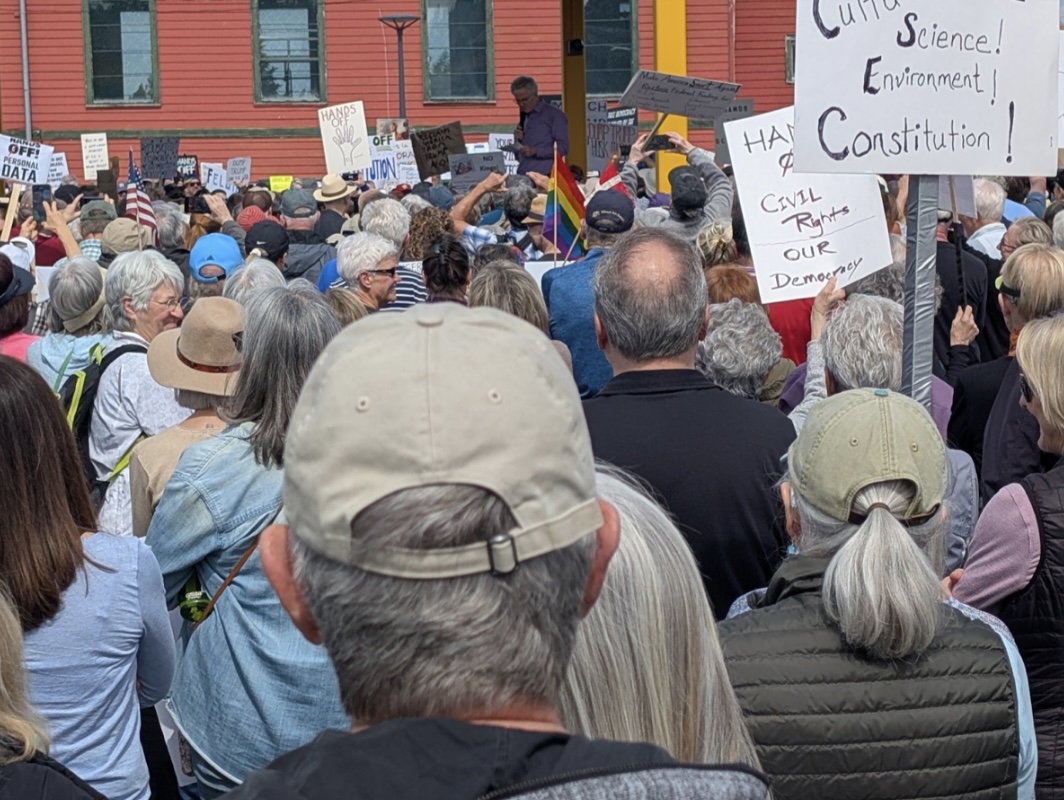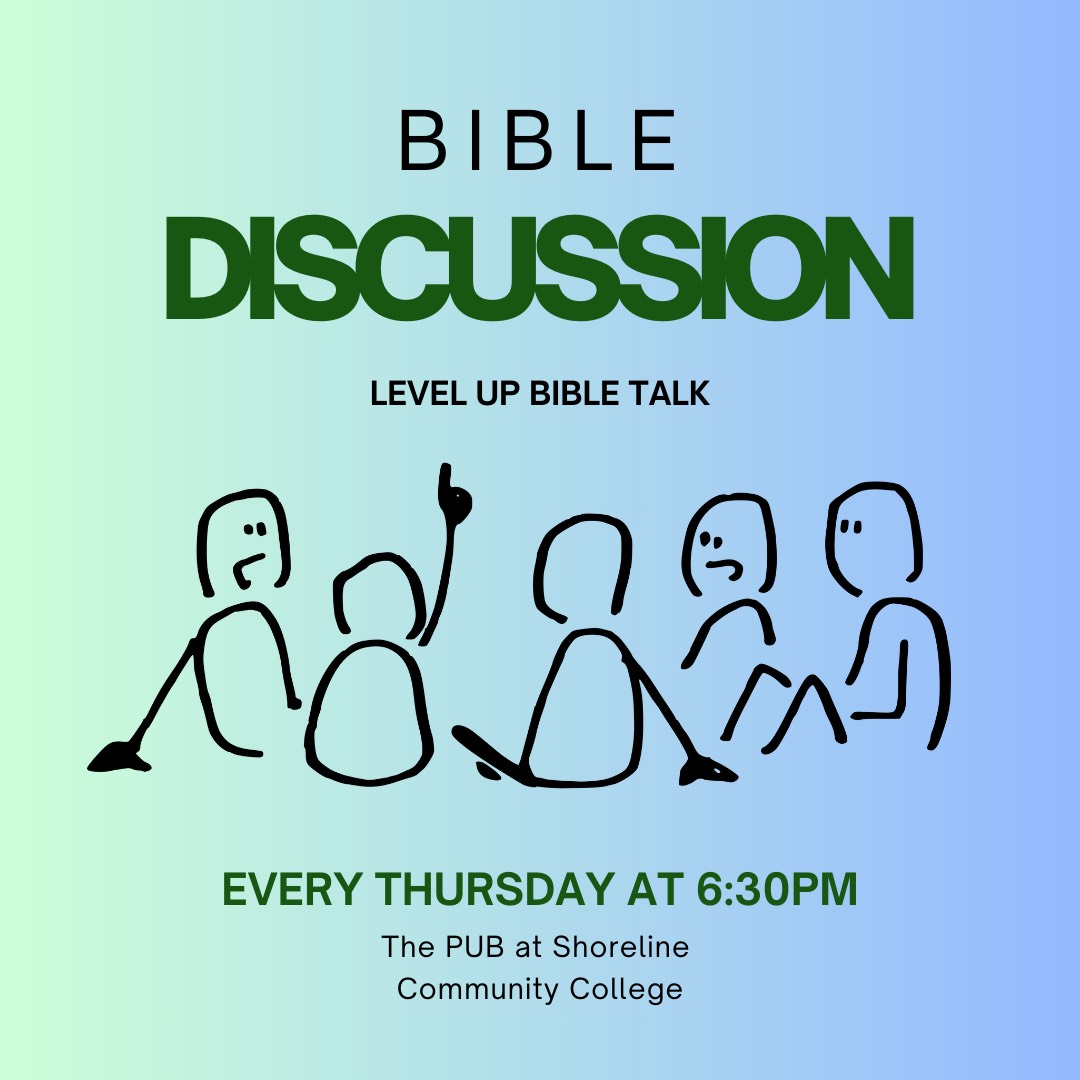Numerous small protests have happened since Trump took office for the second time, but none were as big as the “Hands Off” protests on Apr. 5. Nationwide, millions were in the streets to protest the Trump administration closing government offices and agencies, firing and intimidating government workers, cutting or threatening to cut government funding to various programs, and limiting the rights of transgender people, non-citizens, and other vulnerable groups.
I look at the turnout of this protest with pride. Some estimate the turnout to be over 5 million.
Some speculate that the demographic most represented at the “Hands Off” protests was the Boomers.
I can’t disagree, and I will add that I notice people my age don’t seem to be appearing in photos from the protest. Others online agree that Gen Z seemed to be absent.
This isn’t a generational difference; If you look at recent news, it seems Gen Z in other countries, like Kenya, Serbia, and Turkey are leading mass protests. But they aren’t in the US.

My mom and I have been protesting together since the first Trump administration, but when my phone buzzed with reminders from her about the upcoming protest, I responded with unsure-ty. It was Saturday, and I had work right after. One commenter on Reddit has pointed out that many my age have work on weekends.
One of the main organizers of least 197 in total was Indivisible. Indivisible is a nationwide, left-learning, anti-Trump movement that my mom has been part of through a local Facebook chapter, since Trump’s first presidency. Perhaps my generation, Gen Z, wasn’t aware of the protest because we surf different social media channels than older generations.
Maybe the answer is more disheartening: the Gen Z population in the U.S. doesn’t want to protest anymore.
Some members of Gen Z are conservative and support Trump, but the majority are still left-leaning.
Perhaps the biggest reason Gen Z didn’t protest is because Gen Z experienced historic protests like The Women’s March of 2017, the “largest single-day protest in U.S. history,” and the Black Lives Matter protests of 2020, the biggest protest movement in U.S. history, and we’ve been desensitized to the power of protests. Let me remind my peers.
Reasons to Protest
Voting works when there is broad support and awareness of a measure or politician. Contacting your representative or participating in a boycott are also important ways to enact change in politics, but nothing tops a well-attended protest in terms of power.
Protesting has been a successful tool for change in the U.S. since the Boston Tea Party.
Protesting can give a cause a platform unlike other forms of raising awareness. It makes authority figures take an issue seriously and sway others to your side that hadn’t heard of the issue before. Additionally, it also gives you a community to connect with, even in matters unrelated to politics.
Whatever the reason to not protest is, the reasons to protest outweigh the reasons not to if you are a US citizen. Yes, it is very dangerous to be a non-citizen and a student in the US and protest right now, but if you are a citizen, the dangers of staying passive right now are extreme.
Experts are not exaggerating when they say the democracy of the U.S. is being threatened by the current Trump Administration and his allies. Some experts are saying, as of late March, that the U.S. is not a democracy anymore.
But that doesn’t have to be our fate. Last quarter, my peers in my English 102 class and I learned about how our lives are manipulated by the so-called Tech Oligarchs of today — the “Broligarchy” as some protesters put it. After, our professor polled us on whether we thought the U.S. was still a democracy: the majority raised their hands to say, “yes.” So, if you are one of many that believe we still live in a democracy, I hope you are out there fighting for it.











